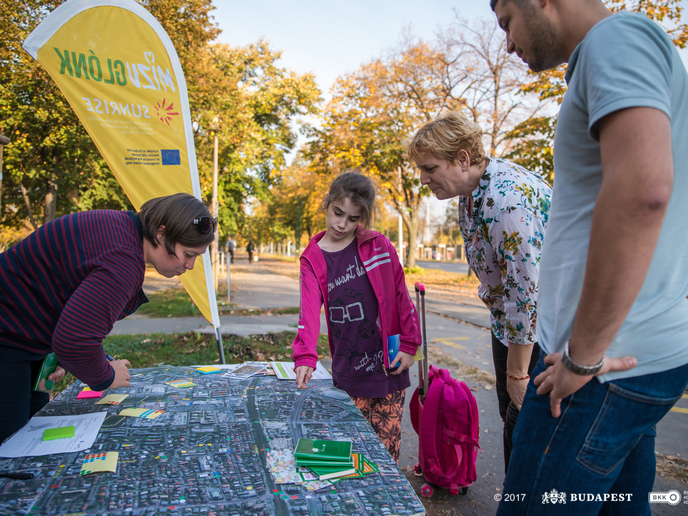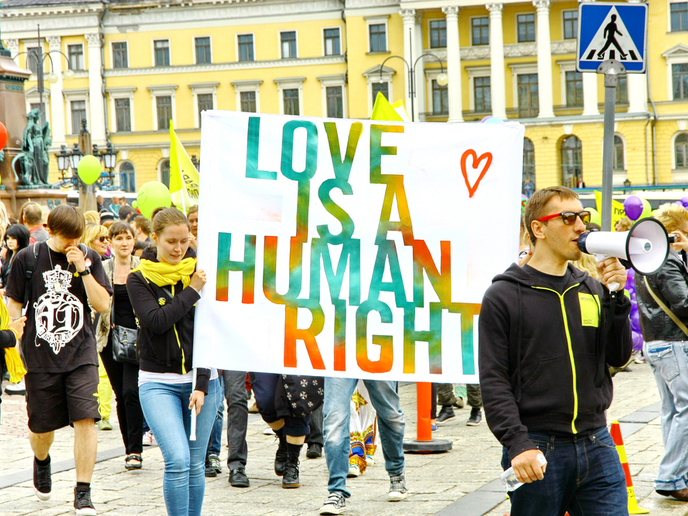Placing citizens at the heart of sustainable mobility solutions
Neighbourhoods are where people’s everyday lives unfold – where they live, raise a family, and commute to and from work. Most locals have intimate and detailed knowledge about their immediate surroundings, including the mobility challenges their neighbourhood is experiencing. However, such detailed local knowledge is rarely considered in mainstream mobility planning processes. With a focus on tackling common local urban mobility challenges, the EU-funded CIVITAS SUNRISE(opens in new window) project set out to put citizen-centred policymaking at the heart of urban mobility planning. “We aimed to develop, implement, assess and facilitate learning about new, collaborative ways to address common mobility challenges at the neighbourhood level,” outlines Ralf Brand, project coordinator. To achieve this, people living in six neighbourhoods(opens in new window) (known as the neighbourhood mobility labs) were invited to identify and help to solve what they perceive as pressing local mobility problems. Particular focus was paid to the involvement of under-represented groups such as migrants, women, and older and younger people.
The power of co-creation
Co-creation – as a direct and active involvement of citizens – played a central role in all project activities along all phases of the innovation chain. These included the co-identification of mobility problems, the co-planning/co-selection of solutions, the co-implementation of solutions and their co-evaluation. “We really tried to fill the ‘co-creation’ buzzword with life and therefore went far beyond typical consultation, involvement or participation processes. This manifested, for example, in the fact that we started by co-identifying problems as they were perceived by the local residents and stakeholders,” outlines Brand. Residents were also involved in the brainstorming of possible measures, in the prioritisation of actual measures and, as far as possible, the implementation of concrete actions on the ground. “Of course, we also ensured that people were involved in the co-evaluation process to make sure that the results were assessed through the eyes of the local beneficiaries,” adds Brand.
Improving sustainable neighbourhood mobility
One of the project’s key results comes from the neighbourhood mobility labs. They set the foundation of a new, district-level governance approach to mobility, ‘Sustainable Neighbourhood Mobility Planning’(opens in new window). This builds on the Sustainable Urban Mobility Planning concept – a strategic plan addressing transport-related problems in a more sustainable way. “The CIVITAS SUNRISE consortium also initiated the production of the ‘Big Messages’(opens in new window) document and contributed heavily to it. It encapsulates the findings of four European projects which pursued similar goals,” highlights Brand. The six neighbourhood mobility labs (in the pilot cities of Bremen, Budapest, Jerusalem, Malmö, Southend-on-Sea and Thessaloniki) led to various results and recommendations(opens in new window). One of the key findings is that co-creation does in fact work well at the neighbourhood level as this is where most daily mobility takes place and where people are invested in having a good quality of life. CIVITAS SUNRISE deliverables and documents for the labs can be found on the SUNRISE Neighbourhood Mobility Pathfinder(opens in new window), an inventory of information that local communities can use to set up their own co-creation processes. Adding to findings, Brand concludes: “We found that it’s important to take people seriously with their mundane, yet existential hopes, concerns, constraints, etc., and acknowledge that their pursuit of happiness is what makes them ‘tick’. Work with them to provide the framework conditions that enable them to be happy; ‘happy’ in the sense of healthy, safe, socially integrated, acknowledged, included, etc.”







